Vascular Plants: Ferns and Relatives
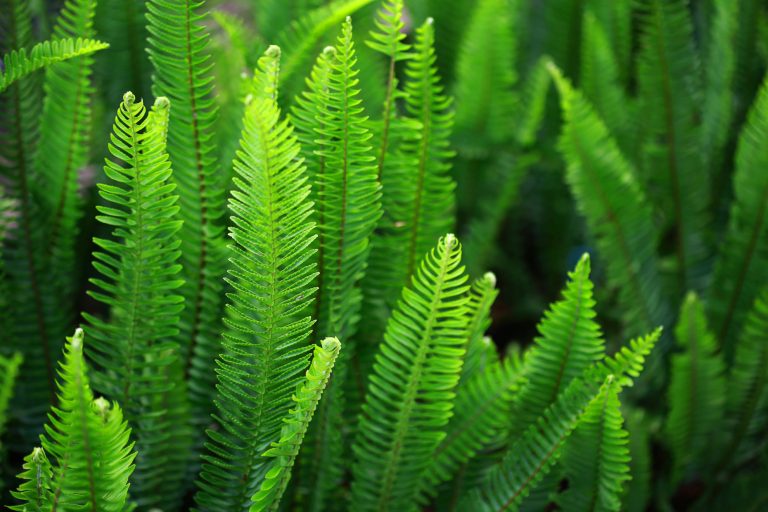
Nephrolepis exaltata (The Sword Fern) – a species of fern in the family Lomariopsidaceae
Table of Contents
These plants are seedless plants, but unlike the bryophytes, they do have vascular tissue (xylem and phloem). Because of the presence of vascular tissue, the leaves of ferns are their relatives are better organized than the mosses and the liverworts.
4 Divisions of Vascular Plants
Division Psilotophyta
The sporophytes in this division have neither true leaves nor roots, their stems and rhizomes fork evenly. Whisk ferns are the simplest of the vascular plants. They consist of evenly forking stems with small protuberances called enations. They lack leaves and roots. These ferns have a central vascular cylinder composed of xylem and phloem. Whisk ferns reproduce via gametangia. Spores will germinate into tiny saprophytic gametophytes on the surfaces which antheridia and archegonia are scattered. The resulting zygote will develop a foot and a rhizome. An upright stem is produced when the foot separates from the rhizome.
Division Lycophyta
These plants have stems that are covered with photosynthetic microphylls. Microphylls are leaves with a single vein and a trace that is not associated with a leaf gap. There are two types of club mosses that still have living representatives. Ground pines will develop sporangia in the axils of sporophylls. Each gametophyte may be capable of producing several sporophytes. The second type of club moss include the spike mosses. These plants are heterosporous and have a ligule, or little tongue, on each microphyll. The microspores will develop into male gametophytes with antheridia (sperm-producing); while the megaspores will develop into female gametophytes with archegonia (egg-producing). The biggest difference between the ground pines and the spike mosses is the presence of the ligule (spike mosses) and the spike mosses produce two types of spores and gametophytes (heterospory). Quillworts are found partially submerged in water for at least part of the year. Their microphylls (leaves) look somewhat like porcupine quills although they lack the rigidity of actual porcupine quills. The microphylls arise from a corm like base. The corm base has a cambium that will remain active for many years. Club moss spores have many uses including flash powder, medicine, talcum powder, as well as ornamental uses and novelty items.
Division Sphenophyta
The plants in this division have ribbed stems that contain silica deposits in the epidermal cells. Their scale-like microphylls lack chlorophyll. However, the silica in the stems makes these plants useful for scouring. Horsetails and scouring rushes occur in both the branched and unbranched forms. Either way, they are jointed stems with small whorls of scale-like leaves at the base of the plant.
Horsetails, or Equisetum, are hollow in the center of their stem which contains cylinders of carinal and vallecular canals. The hollow stems arise from extensively branching rhizomes just beneath the surface of the soil. Some types of horsetails have non-photosynthetic stems. They reproduce via strobili, cones, that are produced in the spring in all species. Horsetail spores have ribbon-like elaters that are sensitive to humidity. An interesting note about horsetails; usually equal numbers of male and female gametophytes are produced by these plants, however, the female gametophytes may become bisexual and the development of more that one sporophyte from a gametophyte is common.
As mentioned, horsetails have been used for scouring. They can be eaten if the silica is removed, however, they really don’t make for a feast. Plants from this division have also been used for medicinal purposes including as a diuretic, treatment for tuberculosis and treating venereal diseases. Horsetails have been used as an ingredient in shampoos and metal polish.
Division Pterophyta
Ferns are the most common and best-recognized examples of vascular seedless plants. The leaves of ferns have megaphylls—or leaves with more than one vein and a leaf trace/leaf gap association—which are large and usually subdivided into many lobes. Hence, the ‘finger’ look to a fern plant. Fern fronds, as the leaves are called, typically are dissected and feathery in appearance. However, realize that they do vary quite a bit as far as external structure and form goes. Fern fronds start as croziers or fiddleheads which unfurl into the main leaf form. On the underside of the frond, patches of sporangia can be found. These sporangia are usually in sori, which are clusters; and are sometimes covered by a clear flap called the indusium. This setup allows for the maximum protection of the sporangia, but allows for distribution. Individual sporangia have an ‘spring-loaded’ annulus which allows for mature spores to be catapulted out of the sporangium. The gametophytes of ferns are called prothalli and develop after the spores germinate. Prothalli contain both archegonia and antheridia and only one zygote develops into a sporophyte.
Ferns are used for ornamental purposes as well as stuffing materials for bedding in tropical regions. Fern fronds are used in weaving baskets and hats, brewing some types of ale and numerous folk medicine practices.
You will also like...
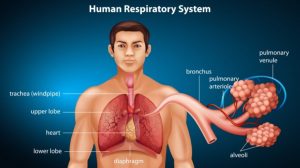
Respiration
The human respiratory system is an efficient system of inspiring and expiring respiratory gases. This tutorial provides ..

Population Growth and Survivorship
This lesson looks at population attributes, regulation, and growth. It also covers population genetics, particularly gen..
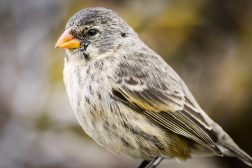
Darwin and Natural Selection
This tutorial investigates the genetic diversity in more detail. It also delineates how certain alleles are favored over..
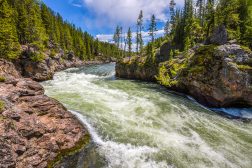
Running Water Freshwater Communities
This tutorial introduces flowing water communities, which bring new and dithering factors into the equation for possible..
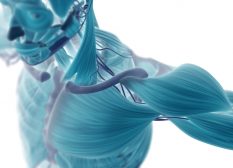
Muscle
Muscle cells are specialized to generate force and movement. Learn about the different types of muscle tissues in this t..
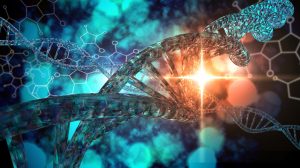
Evolution of Life – Ancient Earth
Autotrophs flourished, absorbing carbon and light. Soon after, primitive life forms that could assimilate oxygen thrived..
